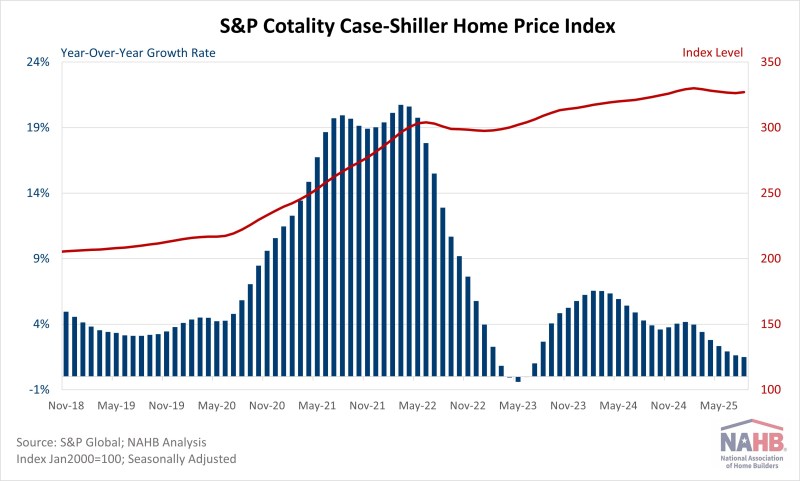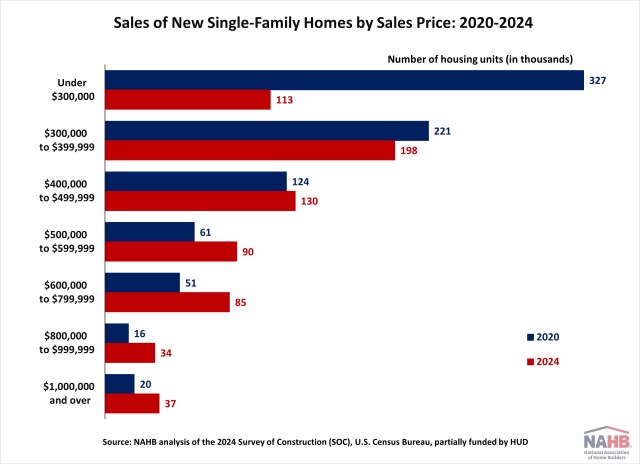Home Price Growth Slows
Onnah Dereski2025-10-28T11:24:29-05:00Home prices in August grew at the lowest annual rate in over two years, according to the recent release of the S&P Cotality Case-Shiller Home Price Index (seasonally adjusted – SA). Home prices grew at an annual rate of 1.51%, almost half the rate of inflation. This is well below the recent highs of around 6.5% at the beginning of 2024. On a monthly basis, the index posted a modest increase from July, following five consecutive months of decline. In addition to tracking national home price changes, the S&P Cotality CoreLogic Index (SA) also reports home price indexes across 20 major metro areas. Compared to last year, 11 of 20 metro areas reported a home price increase. There were 7 metro areas that grew more than the national rate of 1.51%. The highest annual rate was New York at 6.08%, followed by Chicago at 5.89% and Cleveland at 4.67%. Tampa fell at the fastest rate of -3.34%, followed by the other Florida metro area, Miami, at -1.69%. Discover more from Eye On Housing Subscribe to get the latest posts sent to your email.







